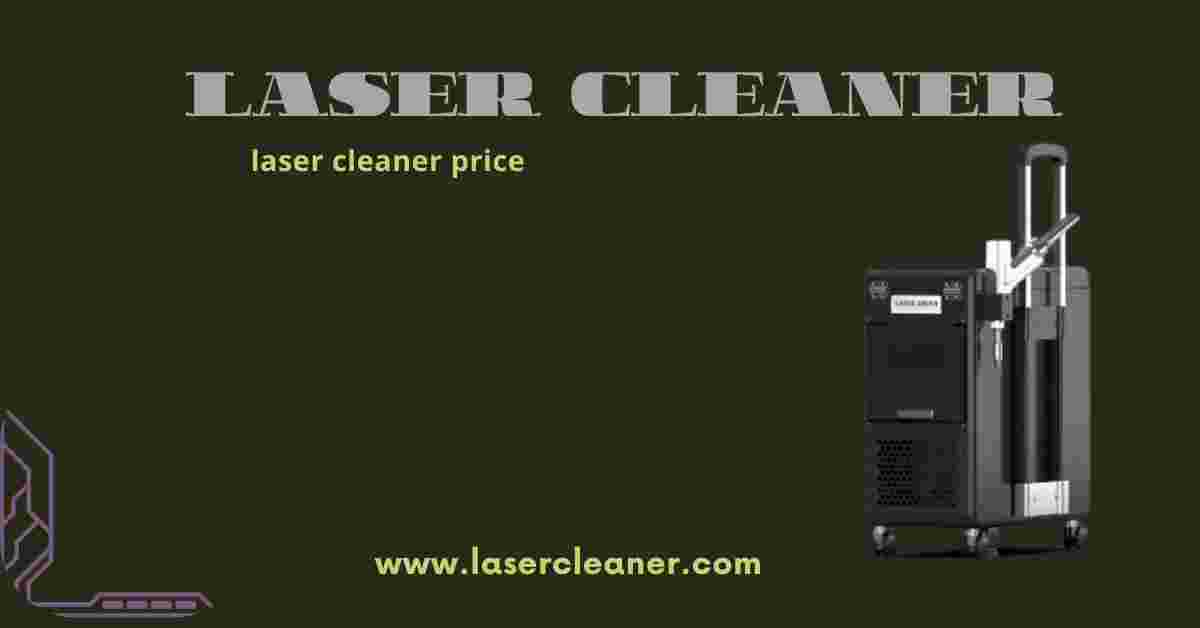A laser cleaning machine is a high-tech device that utilizes laser technology to remove contaminants, impurities, coatings, rust, paint, and other unwanted materials from surfaces. This process, also known as laser ablation, is fast becoming a preferred method for industrial cleaning, especially in applications where precision, safety, and surface integrity are critical.
How Does It Work?
Laser cleaning machines work by emitting a high-energy laser beam onto a surface. When the laser beam interacts with the contaminant layer—such as rust, grease, oxide, or paint—it heats the material instantly. This causes the unwanted layer to evaporate or be blown away by the force of the laser energy, without damaging the underlying substrate.
There are two main types of laser cleaning methods:
-
Pulsed Laser Cleaning – Uses short bursts of energy to precisely clean delicate surfaces.
-
Continuous Wave Laser Cleaning – Uses a constant laser beam and is typically used for large surface areas or heavy-duty cleaning tasks.
Laser parameters like wavelength, pulse duration, and power can be adjusted to suit different materials and cleaning needs. This flexibility makes the technology applicable across industries including automotive, aerospace, electronics, shipbuilding, restoration, and even cultural heritage conservation.
Key Advantages Over Traditional Methods
-
Non-Contact and Non-Abrasive
Traditional methods like sandblasting, chemical cleaning, or scrubbing can be abrasive and damage the surface. Laser cleaning is non-contact, meaning the laser never physically touches the material, which preserves the surface integrity. -
Environmentally Friendly
Chemical cleaning methods often use hazardous solvents and produce toxic waste. Laser cleaning eliminates the need for these chemicals, making it a much greener and safer alternative. It produces little to no secondary waste—only fumes or particles that can be filtered easily. -
Precision and Control
Laser cleaning offers pinpoint accuracy. It can clean only the top layers without affecting the base material, making it ideal for sensitive components or detailed cleaning tasks. Parameters can be fine-tuned for precision jobs like removing oxides from electrical contacts or graffiti from delicate monuments. -
Cost-Effective in the Long Run
Although the initial investment in a laser cleaning machine can be higher, it saves money over time due to minimal maintenance, no recurring cost for chemicals or abrasive media, and reduced labor. It also speeds up the cleaning process, leading to higher productivity. -
Improved Safety
Laser cleaning reduces worker exposure to hazardous materials and eliminates the risk associated with handling chemicals. Modern machines come with safety enclosures and automation capabilities, ensuring a safer work environment.
Conclusion
Laser cleaning machines represent a significant leap forward in surface preparation and industrial cleaning. With their precision, environmental friendliness, and cost-efficiency, they are quickly replacing traditional methods in many sectors. As the technology becomes more accessible, businesses looking to modernize their operations and reduce their environmental impact should seriously consider investing in laser cleaning systems.




